Posture, 2 myth busting facts and 2 tips !
Defining good posture.
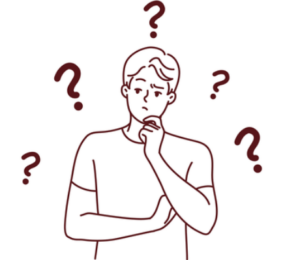
A question I get often at my studio in Rotterdam where I spend time helping people.
They stand straight and ask me: ‘What do you think, is my posture good?’
To answer the question, what is good posture? I would simply say that it is the flawless way you move in space. Considering your skeleton and muscles, without creating unnecessary tension in certain group of muscles.
We often examine posture while we sit or stand. These two positions of course do matter. To emphasize the importance of posture I would rather push it further by claiming that it is the way you move that actually matters the most. The question should be: ‘How do I move?’
Having a poor static forward head posture with the pelvis tilted anteriorly (drawing 2 and 4) is indeed not ideal at all. For me this is one of the signals on predicting how you probably move afterwards.
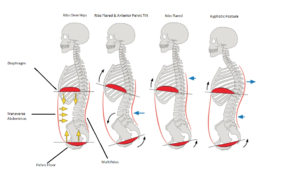
For a good static posture you want to have your pelvis aligned with you feet and your thoracic cage right above your pelvis (drawing 1) and not backward or forward.
Based on the knowledge of the body and my experience that I have cumulated over the years, I would like to tackle two points before we go any further.
One in particular that has been going for way too long: the army posture.
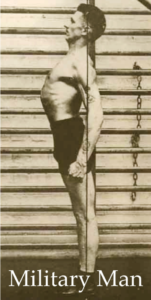
Source: https://lesliemcnabb.wordpress.com/tag/movement/
I have nothing against army people. I actually have lots of respect for what they do and their dedication to their country.
What I am trying to say here is that if there is one thing you should not desire it is their posture. When they are on “garde a vous”, focus on their organization and discipline for your everyday life, not the posture.
Often talking about posture with patients in my practise they almost immediately acknowledge that their posture can be improved. In their attempt to show the good way, they automatically bring their shoulders backwards and lift their chest up. This posture definitely transcends more confidence than the one with the infamous forward heard posture (which has the tendency to create neck pain and headaches). However, this confident look will create tensions: the muscles between your shoulder blades and neck (rhomboids, inferior trapezius, posterior deltoid, lats and more) are constantly contracting and shortened. While the (pectoral) muscles at the front of the body will be in constant stretch tension. Which can weaken the muscle and in the long run create trigger points.
This brings me to the other point I wanted to touch: tools to ‘improve’ posture and in particular the brace for shoulders.
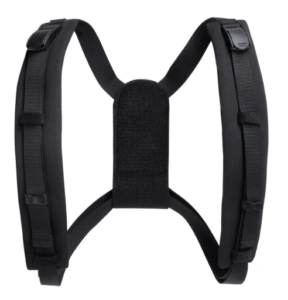
Source: somewhere on the world wide web, definitely not planning to do any advertising.
Again I know that in nowadays world having rounded shoulders and forward head posture is a big issue. I also admit that it is not the most esthetical posture to have. Many companies also figured that out. Posture correction braces have popped out in the market. As I mentioned above you do not correct a posture by simply bringing your shoulder backward and your chest out.
This tool can be good for only two points in a really short (!) term gain:
- It will release the tension on your back, mostly top and shoulder muscles, as it is going to hold back your shoulders from the tension you have most likely cumulated at the front (pectoral muscle, front line).
- You won’t have these rounded shoulders which no one likes to have.
However, on top of the monetary price there is also a physical price tag. Braces take over the work of some of the muscles involved in helping the extension of the spine (opposite flexion). You will slowly inhibit those muscles and as you do not use them you might end up…losing them!
Having your shoulders forced backward on an unadapted system creates more constraints than anything else. As the back side of your ribcage is losing mobility and cannot expand due to the braces holding your shoulder back, it has negative impact on your breathing. Then that could also reduce rotational mobility of the thoracic cage as your ribs move when you rotate to the right or left.
If you have rounded shoulder it is a result of the entire body, shifting into that position it is not only your shoulders rounding. Your pelvis has a big share in how you move and stand as it is the gravity center of your whole body.
I look at the body with lines (that’s actually where the name MotionLine is based on 😉). Considering the whole body as one, directed by many lines helping the body to move in different plans. Above is all about the ‘front’ and ‘back line’ of the body. Tom Millers and his team did a brilliant work in the book Anatomy Trains by explaining how we move via lines. The book takes into account the different interrelated myofascial meridians that make us move.
Be gentle with your body and do not create unnecessary tension.
Now as promised, I give you two tips to work on your posture and especially helping to get rid of the tension you might have on top of your shoulder and neck.
TIP #1
Release the muscles in front of your shoulders. We tend to forget those ones way too often. I created two videos using two different tools.
https://motionline.nl/video-exercises-stretches-faster-recovery/
Section : Shoulder / releases / movement
Video : 02 and 03
TIP #2
While sitting or standing in front of a mirror, put both hands on your sternum (chest bone). Make sure you are not curving your lower back to get your sternum to move away from your spine.
Take a deep inhale intentionally making your chest bigger, feeling it moving away from your spine. Exhale while keeping the same posture, feeling your chest moving towards your spine.
Do that 5 times while looking at yourself in the mirror. Now let your arms hang next to your body and repeat 5 more times. Notice your shoulders automatically adjusting themselves without almost any effort.
Click here to watch video explanation.
To close this article I would like to accentuate the fact that you do not correct a posture by just changing one thing on the body. Bringing awareness on the matter is probably the best thing you can start with.
If you notice that you have more and more difficulties doing certain movements, holding yourself straight, cannot breath properly…start thinking about your posture!
If you need help I am more than happy to help you in that journey, check the link below for my page move better, and book a 30 minute assessment session to plan your journey back to pain free.
https://motionline.nl/movepainfree/
Take care
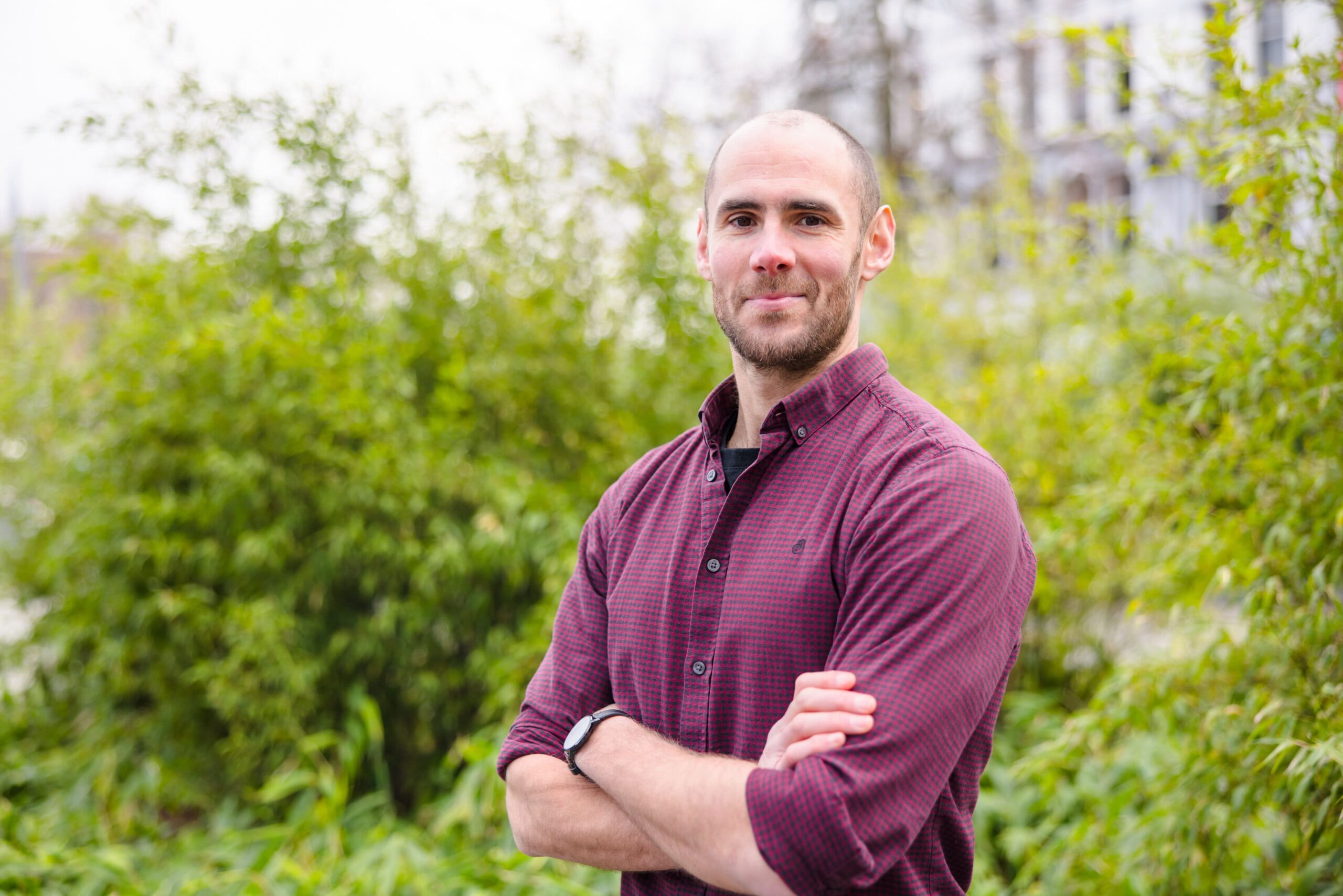
Body therapist / Breath coach. Obsessed about the body. My mission is to improve life with simple and applicable way you can start acting on now.
Marginal gain baby !! Small steps … big results
